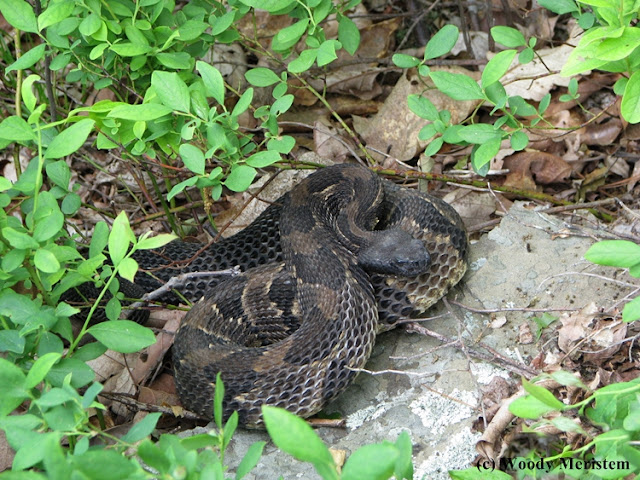Emeralds are beautiful translucent green gems that are valued
throughout the world. Here in northcentral Pennsylvania our forests have
emeralds – but not the precious gem kind. These emeralds are emerald ash borers,
an insect, one of the metallic woodborers.
The emerald ash borer is less than an inch long and is,
indeed, emerald green. It was apparently introduced from northeast Asia, where
it is native, by way of ash lumber used in packing materials. Fist detected in
Michigan in 2002, it has since spread to many other states killing an estimated
50 million ash trees in the process.
Emerald ash borer became noticeable in the Big Woods about
six years ago when ash trees began showing the diagnostic light patches of bark
– which means the beetle had arrived several years earlier.
The light patches are created as woodpeckers flake off the
bark’s outer ridges in their search for beetle larvae.
 |
| HAIRY WOODPECKER |
 |
| PILEATED WOODPECKER |
The woodpecker’s flaking of the bark does the tree no harm;
it’s the beetle larvae’s feeding galleries girdling the tree which result in
the tree’s death. The larvae feed on the cambium layer and the inner bark
(called phloem); once the maze of galleries is dense enough the tree dies.
From the time the emerald ash borers first begin feeding on
a tree until it dies seems to take about three years; from the time it arrives
in an area until virtually all the ash are dead is often less than ten years.
Beetles emerge from beneath the bark through “D”-shaped
holes during late May and June.
The beetles then mate and the females lay their eggs on the
bark of ash trees, typically in July. The newly hatched larvae bore through the
bark, feeding and growing throughout the fall. With the advent of cold weather
the larvae create chambers in the wood below their feeding galleries and
overwinter there. In the spring the insects pupate, changing to their adult
form.
All this may be old news to people in Michigan, Indiana and
Ontario where the emerald ash borer has been killing ash trees for over a
decade, but here the ash has only been dying for a few years and the folks in
northern New York and New England have yet to see its effects.
Forest landowners in this area are preemptively cutting
their ash trees before they die since ash logs deteriorate rapidly and lose
their economic value. The ash on our property succumbed to the emerald ash
borer last year – the wood now graces our firewood pile. A tree that three
years ago looked perfectly healthy by last summer had but a few scattered
leaves, given the maze of galleries beneath the bark, it would not have
survived another year.
Unless biological controls which can successfully
control emerald ash borer are found it looks like we can say good-bye to ash baseball
bats, snowshoe frames, hockey sticks, tool handles and flooring. Yes, I know
that maple is increasingly being used for bats now, and most new snowshoe
frames are aluminum, and modern hockey sticks aren’t made of ash, and many tool
handles are fiberglass and oak is more popular for flooring. But ash is
flexible and strong and shock absorbing and traditional – and as an old fuddy-duddy
I prefer ash to aluminum and fiberglass.
























